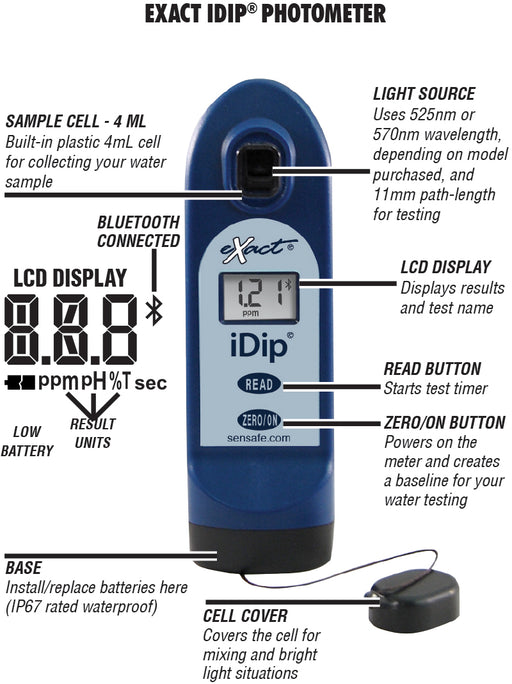itseurope@sensafe.com +44 (0)1722 717911
Email: itseurope@sensafe.com
Phone: +44 (0)1722 717911
itseurope@sensafe.com +44 (0)1722 717911
Email: itseurope@sensafe.com
Phone: +44 (0)1722 717911
Manganese is a naturally occurring element that is commonly found in soil and rocks. It is also present in small amounts in surface and groundwater. While small amounts of manganese in water are not harmful to human health, high levels can cause discoloration and staining of plumbing fixtures, as well as a metallic taste to the water. In addition, high levels of manganese can also lead to the clogging of pipes and damage to water treatment equipment.
Manganese is an essential nutrient for plants and animals, and it is required for the proper functioning of many enzymes in the body. However, excessive levels of manganese in water can be toxic to some forms of aquatic life, such as fish and amphibians. In addition, high levels of manganese can also lead to the growth of harmful bacteria and algae, which can further contaminate the water supply.
Testing for manganese in water is important for several reasons. Firstly, it helps to identify any potential health hazards associated with high levels of manganese in the water supply. Secondly, it helps to identify any issues with water treatment equipment and infrastructure that may be caused by high levels of manganese. Thirdly, it helps to identify any potential environmental hazards associated with high levels of manganese in the water supply.
There are several methods used to test for manganese in water, including colorimetric methods, atomic absorption spectroscopy, and inductively coupled plasma mass spectroscopy. These methods are accurate and reliable, and they are commonly used by water treatment plants and laboratories to test for manganese in water.
In conclusion, manganese is a naturally occurring element that is commonly found in soil and rocks, and it is also present in small amounts in surface and groundwater. While small amounts of manganese in water are not harmful to human health, high levels can cause discoloration and staining of plumbing fixtures, as well as a metallic taste to the water. Testing for manganese in water is important to identify any potential health hazards, issues with water treatment equipment and infrastructure, and environmental hazards associated with high levels of manganese in the water supply.
 Sold out
Sold out
24 Tests At ITS, we have created our own unique reagent delivery system. This kit form of the eXact® Reagent Micro is to test for Manganese. The ki...
View full details

Description The eXact iDip® Smart Photometer System® is the first, patented, handheld photometer to provide 2–way communication with a Bluetooth® S...
View full details

Description The eXact® Micro 20 with Bluetooth® SMART is a powerful dual-wavelength photometer system that harnesses the technology to connect wir...
View full details